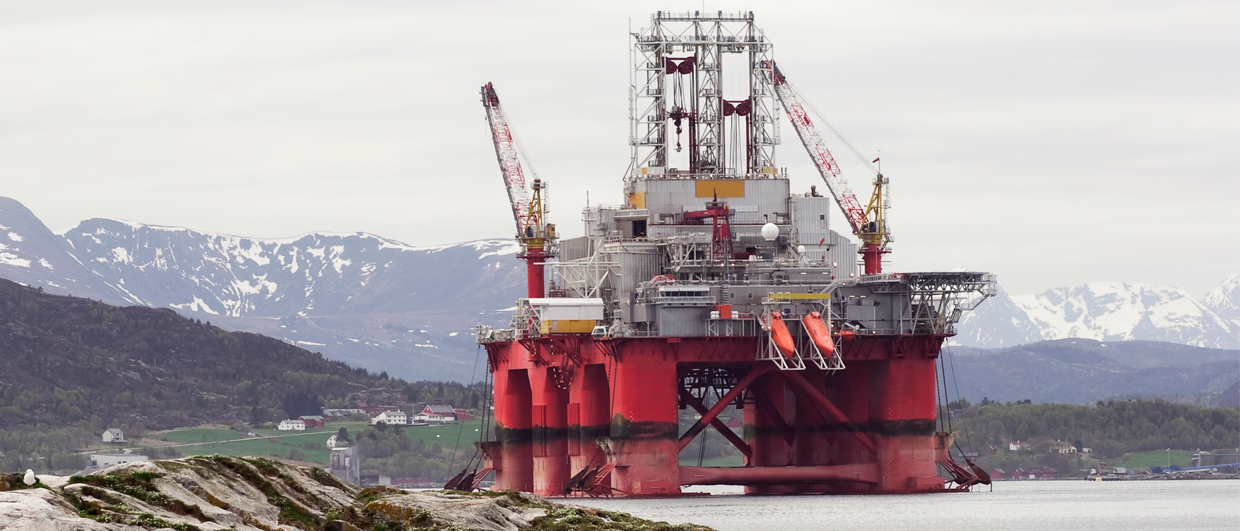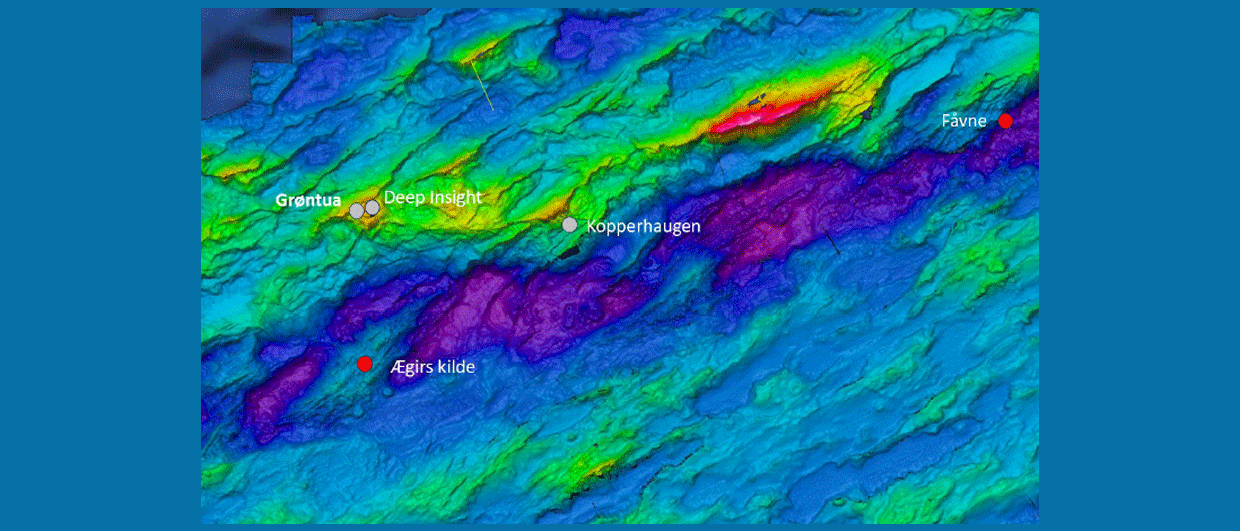First of all, a warning. I am not going to provide a well-researched answer to the question posed in the title. Instead, I intend to put forward a few recent observations that back up my impression that Norway is a genuine leader when it comes to exporting and monetizing new technology in the subsurface energy sector.
First of all, the seismic acquisition industry. Of the major players left in the business, following years of mergers and acquisitions, both TGS and Shearwater are rooted in Norway. Same for EMGS, and PGS had a similar origin. How come Norway is so dominant in the seismic industry? I asked that question to someone at a conference the other day, and the answer was that the availability of suitable vessels made Norway a differentiator when offshore seismic acquisition took off. That could surely be the case, but then I am still curious why other sea-faring nations did not piggyback on the increasing demand for seismic surveying vessels once this industry started to grow.
To stay in the seismic sector, it’s not only the vessel-owning companies, but also the makers of nodes and other kit that drive innovation in Norway. iDROP and inApril are names that come to mind when thinking of node technology, for instance. And in terms of seismic processing, yet again Norway had a recent success when Bill Shea from Sharp Reflections announced the acquisition of his company by CMG.
What about geomodelling? One of the established reservoir modelling and seismic interpretation packages, Petrel, was developed in Norway by a company called Technoguide. Anders Kilberg is one of the founding members behind Petrel, and he and his team are now developing another software that is meant to be another disruptor in the market – Geomind. And yet again, based in Norway, even though it is fair to say that Anders himself hails from Sweden. In the AI space, Earth Science Analytics was a front-runner when it came to its application to the subsurface workflows.
Drilling is another sector that is not alien to Norway. Odfjell and Dolphin are familiar names of course, but there are smaller outfits that support innovation too. For instance, this week I heard about a Bergen-based company called Enhanced Drilling. They provide a new way of managed pressure drilling in deep water drilling whereby the bottomhole pressure is changed by a large pump that adjusts the mud level in the riser. At the same time, CoreAll is introducing a new coring device to the market that enables both coring and conventional drilling using the same bit, preventing pulling in and out of hole.
But Norway cannot always just keep on producing high-tech kit in-country and subsequently export it. Some countries are waking up to the fact that there are deals to be done in order to educate the local workforce. I spoke to someone from Interwell, a provider of drilling, intervention and completion tools at the IPTC conference in Saudi Arabia earlier this year who said that they are shifting the manufacturing of their tools to Saudi because the government wants the local population to be involved in the process. Fair enough.
It is clear that a lot of technology, across the entire subsurface spectrum, has traditionally come from Norway and will continue to come from Norway. Without doing a rigorous analysis on this, I think there are a few factors that play a role as to why this is. First, there are generous funding mechanisms that allow start-ups to invest in the development of new technology. Second, because of Norway’s small population, the oil and gas industry has and continues to be present much more prominently amongst its citizens. Whether this continues to be the case or not, historically this must have drawn people into the industry more easily than in other places. But thirdly, I also think that Norway has been successful in fostering a genuine business mindset. A great recipe for success altogether.





